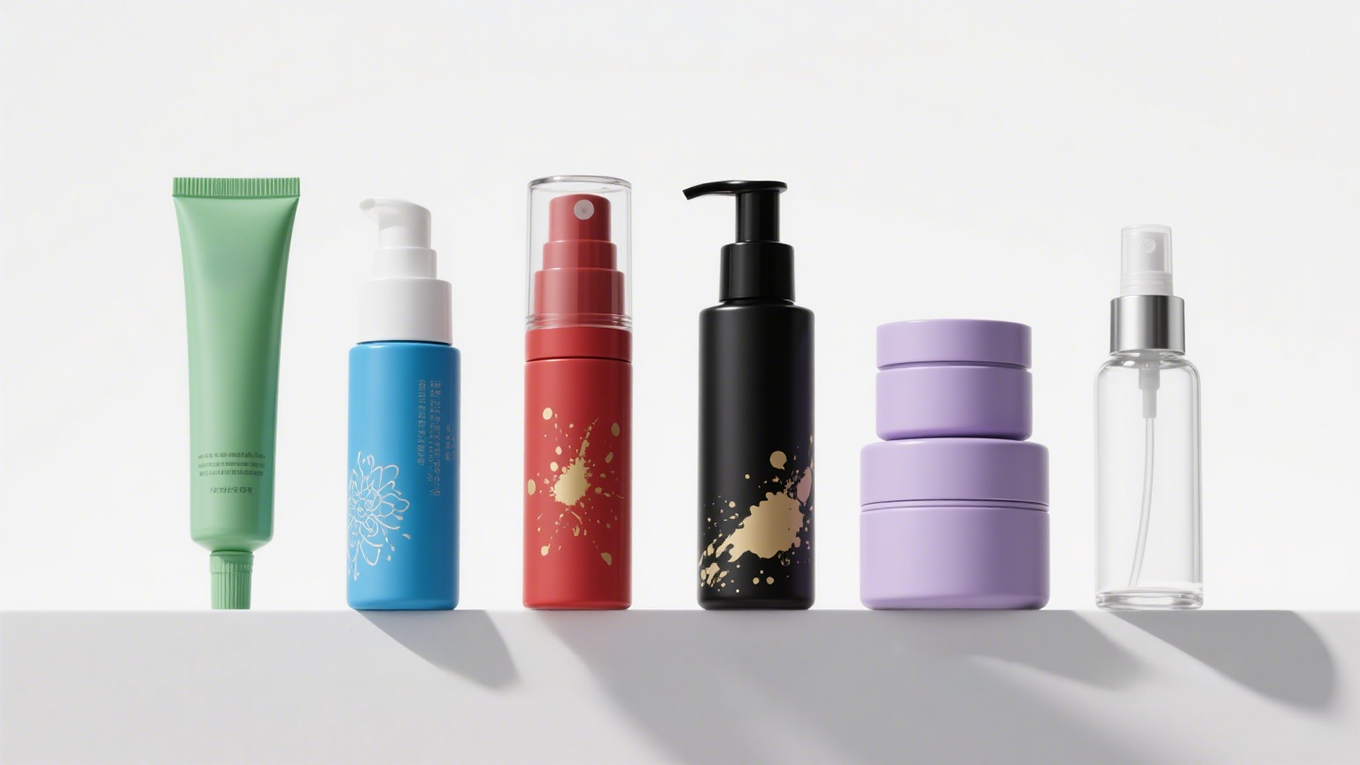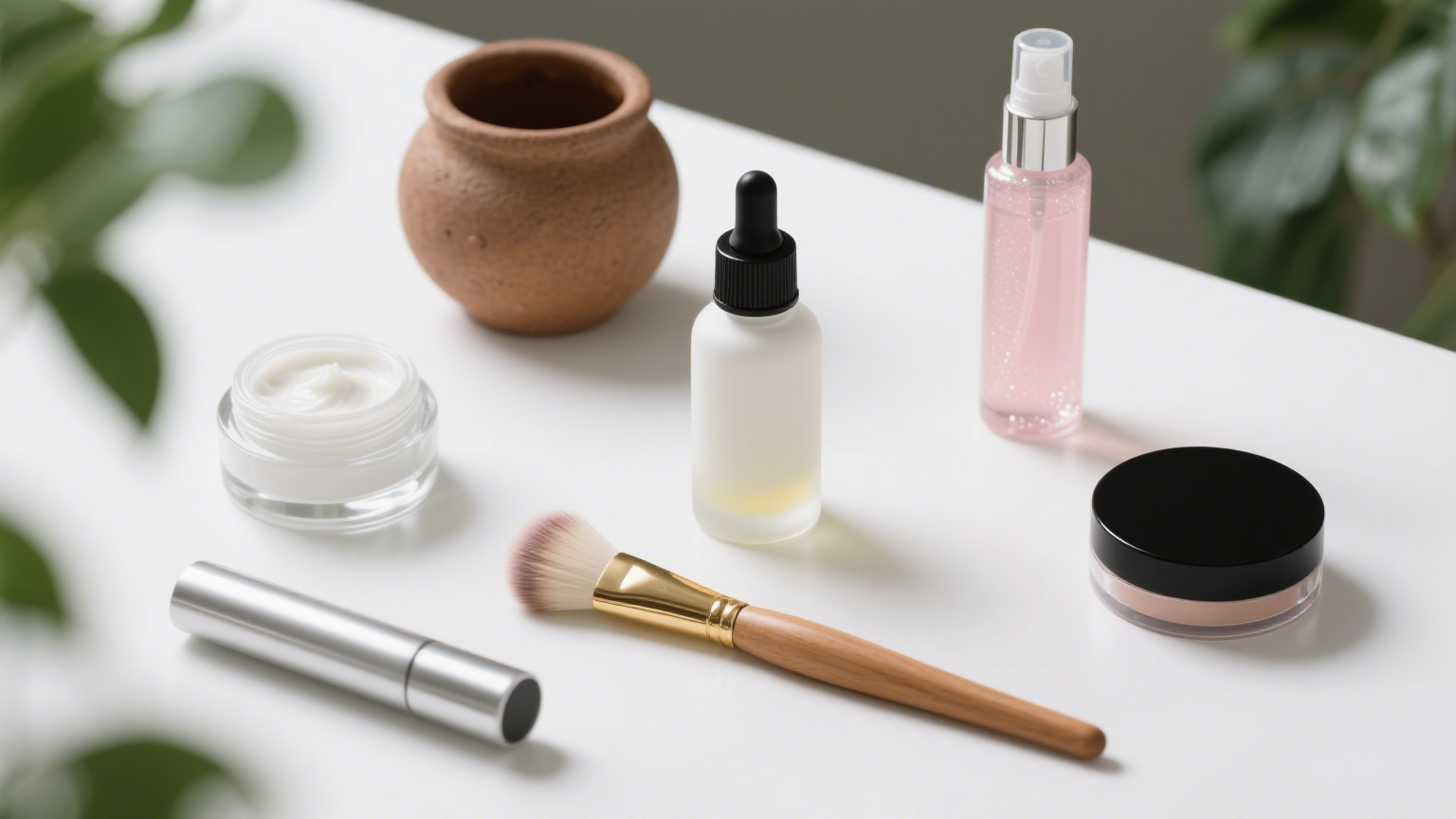The beauty industry is constantly evolving, driven by innovation, consumer demands, and emerging marketing strategies. Staying ahead in this competitive market requires brands to understand the latest advancements in product development, packaging, and promotion. In this comprehensive guide, we explore five major trends shaping the beauty industry in 2025, highlighting opportunities for brands to engage consumers and differentiate themselves.
1. Sustainable and Eco-Friendly Packaging
Consumers are increasingly demanding products that reflect their environmental values. Sustainable packaging is no longer just a bonus—it is a crucial factor in purchasing decisions.
Key trends in sustainable packaging include:
- Recyclable Materials: Brands are shifting to fully recyclable packaging such as glass, aluminum, and paper-based components.
- Refillable Containers: Refillable systems allow customers to reduce waste while maintaining brand loyalty.
- Minimalist Design: Sleek, minimal packaging reduces material use and appeals to eco-conscious consumers.
- Innovative Bioplastics: Derived from plant-based sources, bioplastics offer an environmentally friendly alternative to traditional plastics.
By incorporating sustainable packaging, brands not only reduce their environmental footprint but also enhance their reputation and appeal to younger, eco-aware consumers.
2. Personalization and Custom Formulations
Personalized beauty products are one of the fastest-growing segments of the industry. Consumers are increasingly looking for products that cater to their unique skin types, hair concerns, and lifestyle preferences.
Advancements in personalization include:
- AI and Machine Learning: Brands use AI algorithms to recommend products based on skin analysis or hair condition assessments.
- Custom Formulations: Skincare and makeup products can be tailored to specific skin tones, sensitivities, or preferences.
- Subscription Models: Personalized subscription boxes deliver curated products regularly, fostering customer loyalty.
Personalized beauty experiences create stronger emotional connections with consumers and often drive higher engagement and repeat purchases.
3. Clean and Functional Beauty Products
Clean beauty continues to dominate the market as consumers prioritize ingredients and product safety. Beyond being free of harmful chemicals, functional products also address specific skin concerns and provide multiple benefits.
Current trends include:
- Ingredient Transparency: Clear labeling helps consumers understand what goes into the products they use.
- Multi-Functional Products: Products that combine benefits, such as moisturizer with SPF or serum with anti-aging properties, are increasingly popular.
- Plant-Based and Natural Ingredients: Botanical extracts, vitamins, and naturally-derived actives appeal to health-conscious consumers.
Brands focusing on clean and functional beauty are meeting the dual demand for safety and efficacy, positioning themselves as trustworthy and innovative.
4. Technological Integration in Beauty Products
Technology is revolutionizing both the development and use of beauty products. Smart devices, AR, and digital apps are creating interactive and engaging beauty experiences.
Examples of technological integration include:
- AR Virtual Try-Ons: Consumers can test makeup shades or hair colors virtually through mobile apps or in-store devices.
- Skin Analysis Tools: High-tech devices assess hydration, elasticity, and pigmentation to recommend the most suitable products.
- Connected Beauty Devices: Hair straighteners, facial cleansing brushes, and LED masks now come with smart features that track usage and effectiveness.
Integrating technology not only adds convenience but also creates a personalized and immersive experience that appeals to tech-savvy consumers.
5. Influencer and Community-Driven Marketing
Marketing strategies in the beauty industry are shifting from traditional advertising to influencer-led and community-focused approaches. Consumers trust recommendations from real people more than from conventional ads.
Key marketing trends include:
- Micro and Nano-Influencers: Smaller influencers often have higher engagement rates and more authentic connections with their followers.
- User-Generated Content: Encouraging customers to share reviews, tutorials, or transformations fosters brand advocacy.
- Social Commerce: Platforms like Instagram, TikTok, and Pinterest enable direct product purchases within social media, bridging content and commerce.
- Educational Content: Tutorials, webinars, and live Q&A sessions position brands as experts while driving engagement.
Brands leveraging influencer and community-driven marketing benefit from increased visibility, authenticity, and trust among consumers.
The beauty industry in 2025 is defined by innovation, sustainability, and consumer-centric marketing. Sustainable packaging, personalized products, clean formulations, technological integration, and influencer-led strategies are shaping how brands connect with consumers and differentiate themselves. By embracing these trends, beauty brands can enhance their market presence, drive loyalty, and stay ahead in an increasingly competitive landscape.
Staying informed about advancements and adopting forward-thinking strategies will enable brands to thrive and create products that resonate with modern consumers.



